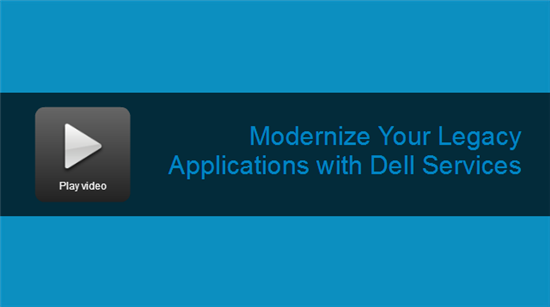Legacy IT burdens makes tax time more costly for government agencies
I don’t know any individual who believes tax preparation is an easy task but I never gave much thought to the challenges of tax processing until I found this report from the UK Government and the National Audit Office (NAO). The 2013 report titled, “Managing the risks of legacy ICT to public service delivery,” highlights the risks to government revenues when dependent upon certain Information, Communication and Technology (ICT) investments. A rather alarming amount of revenue, or 90% (£480bn) of all central government income in the UK, is held hostage by the legacy systems predating the internet. If there ever was a justification for legacy application modernization, this is it.
Trapped in the past
The risks and limitations of legacy systems manifest themselves in several ways. First and foremost, agencies still reliant on outdated mainframe systems will find it difficult to transform themselves into the agile and innovative entities needed to meet the UK Government’s digital agenda. Secondly, legacy environments mean taxpayer data is at greater risk. The legacy ICT environment, “…makes it harder to protect against evolving cyber threats…” Finally, the government may learn it is nearing a point of no return, whereby it can no longer extricate itself from mainframes and the “reliance on long-term contracts with large ICT companies.”
As this excerpt suggests, the UK Government has to reach a decision for the public good.
“The risks of legacy ICT will increase over time as the gap between the system functionality and business need widens and the complexity of the systems and software increases. The management and technical resources needed to maintain and make further changes also increases.”
Facing status quo and stagnation
These choices are never easy for CIOs as this type of transformation is viewed as risky. There will be a shift that impacts the culture, processes, and staffing whereby few CIOs have first-hand experience. Some executives opt to simply double-down and stay with the status quo by ‘keeping the lights on’ and upgrading legacy platforms. How might someone consider divesting from decades of effort and thousands of legacy programs/files? You might find it hard to imagine a CIO undertaking such an endeavor at a large financial institution but increasingly, IT leaders are venturing into the ‘unknown' and they don’t do it alone.
Facing choices similar to the UK government, Singapore Exchange (SGX) considered options to address its obsolescence risk expeditiously: upgrading its mainframe or re-hosting the applications onto a modern, open platform. After 25 years of running on legacy mainframes, SGX selected Dell to modernize and migrate 20,000 applications (primarily COBOL and IBM CICS based) into flexible open systems with minimum customer impact. SGX improved batch performance by 100 percent, eliminated unsupported Cross System Products (CSP) language programs, and lowered annual operating costs.
Modernize with credit for clunkers
Dell knows this is unexplored territory for many CIOs but has already charted the path. With an end-to-end solution approach and no ties to maintaining legacy systems, our application modernization services enable you to be certain of your results. You can also save up to $250,000 when you undergo an assessment and sign a new transformational modernization engagement before July 31, 2014. Dell can turn that old-iron into digital-gold and you can do more with IT than you had imagined. Please visit here for more details.
